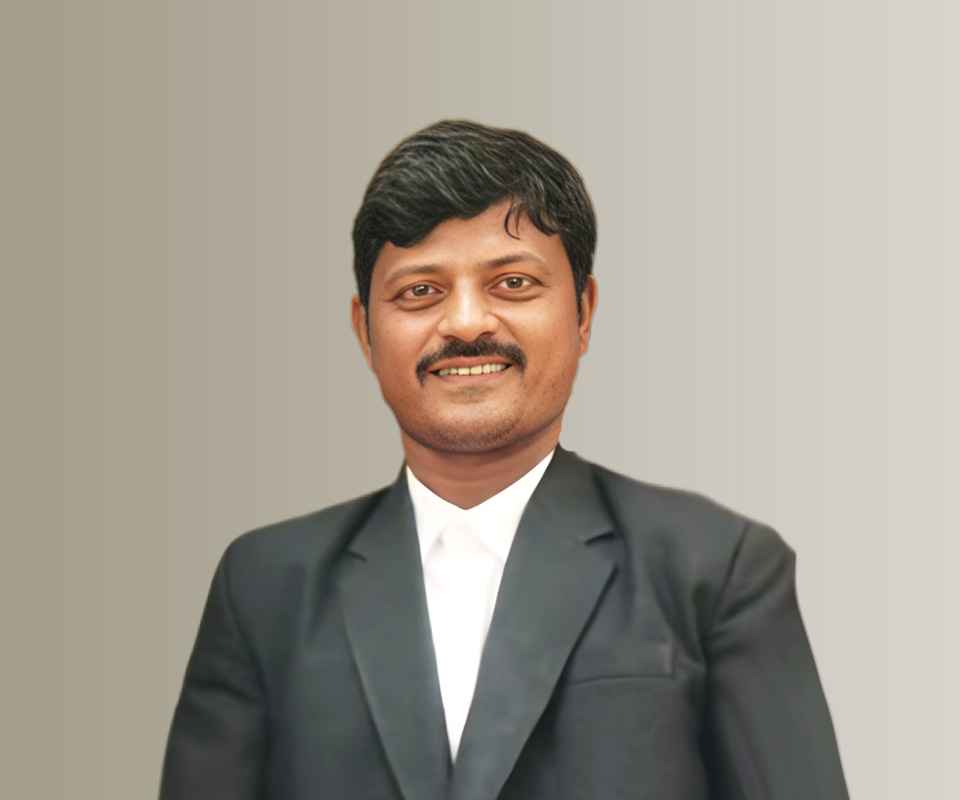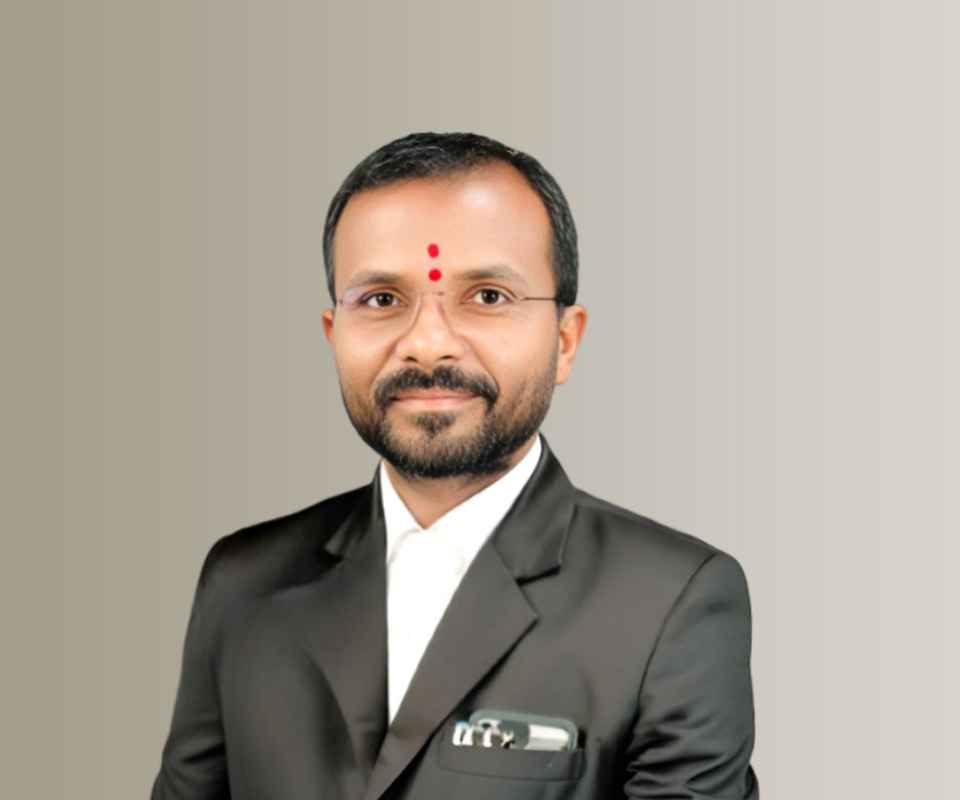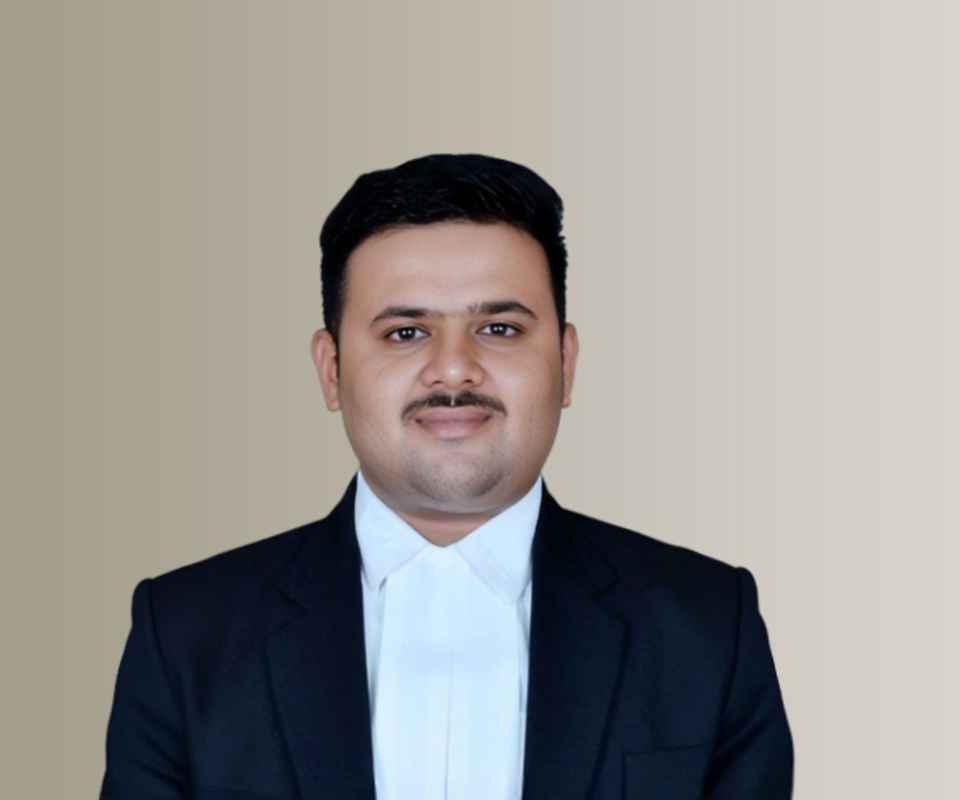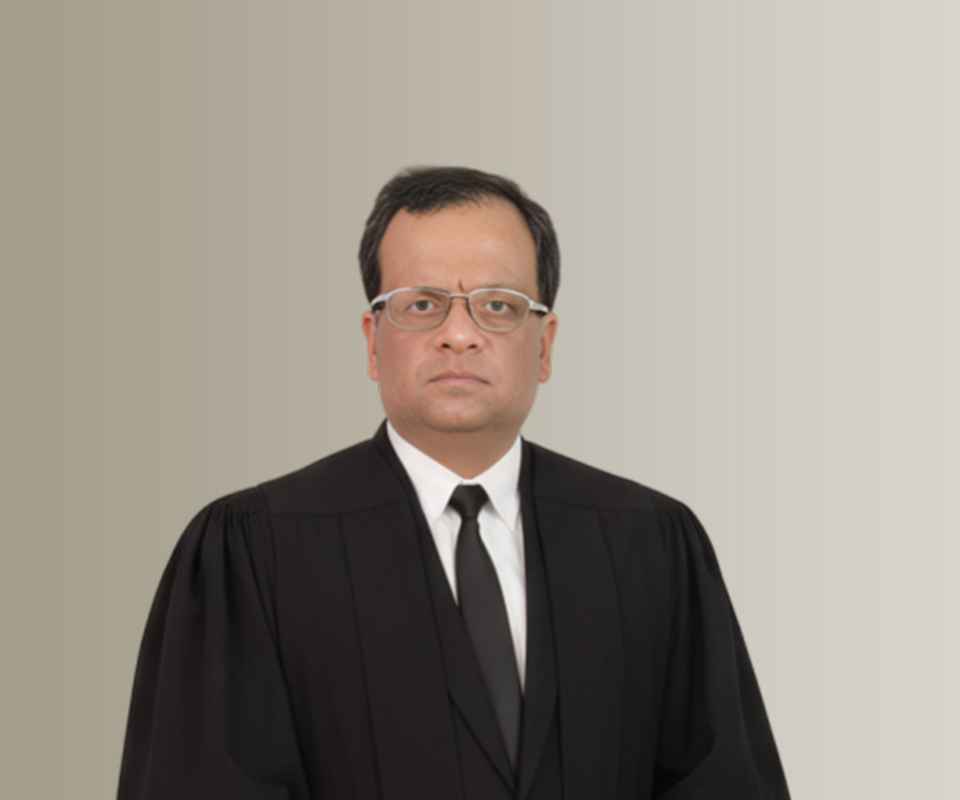Answer By law4u team
The Supreme Court of India has taken an active role in environmental protection, often expanding constitutional interpretation to safeguard the environment. Key approaches: Constitutional basis • Linked environmental protection to Article 21 – Right to Life, holding that a clean and healthy environment is part of this right. • Used Articles 48A (Directive Principles) and 51A(g) (Fundamental Duties) to reinforce environmental duties of the State and citizens. Doctrines evolved • Polluter Pays Principle – The polluter must bear the cost of environmental damage. • Precautionary Principle – Prevent harm even if full scientific certainty is lacking. • Public Trust Doctrine – Natural resources are held by the State in trust for the public. • Sustainable Development – Development must balance ecological protection. Landmark interventions • Directed closure or relocation of polluting industries. • Ordered measures for air quality in Delhi, including conversion of public transport to CNG. • Protected forests, wetlands, and wildlife through continuing mandamus (monitoring cases over years). • Established the National Green Tribunal through recommendations and support. The Court has effectively acted as a constitutional guardian for environmental issues, especially when legislative or executive actions were inadequate.









